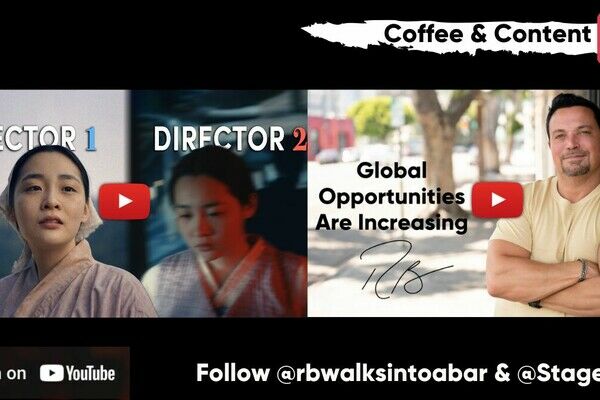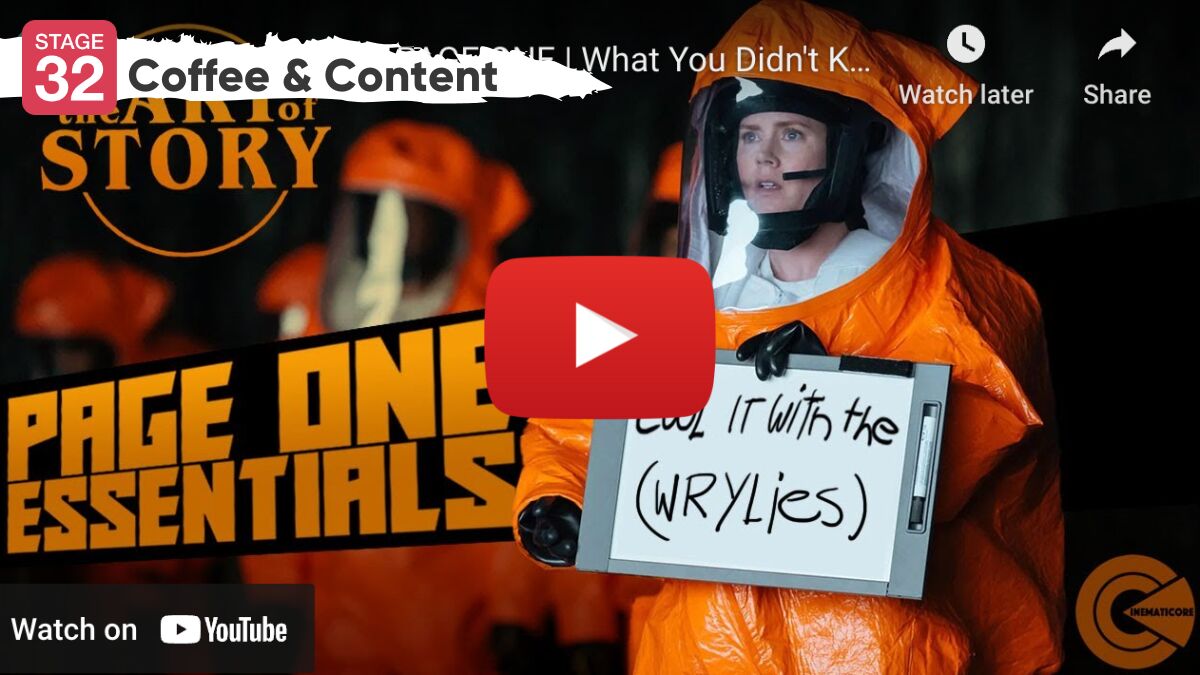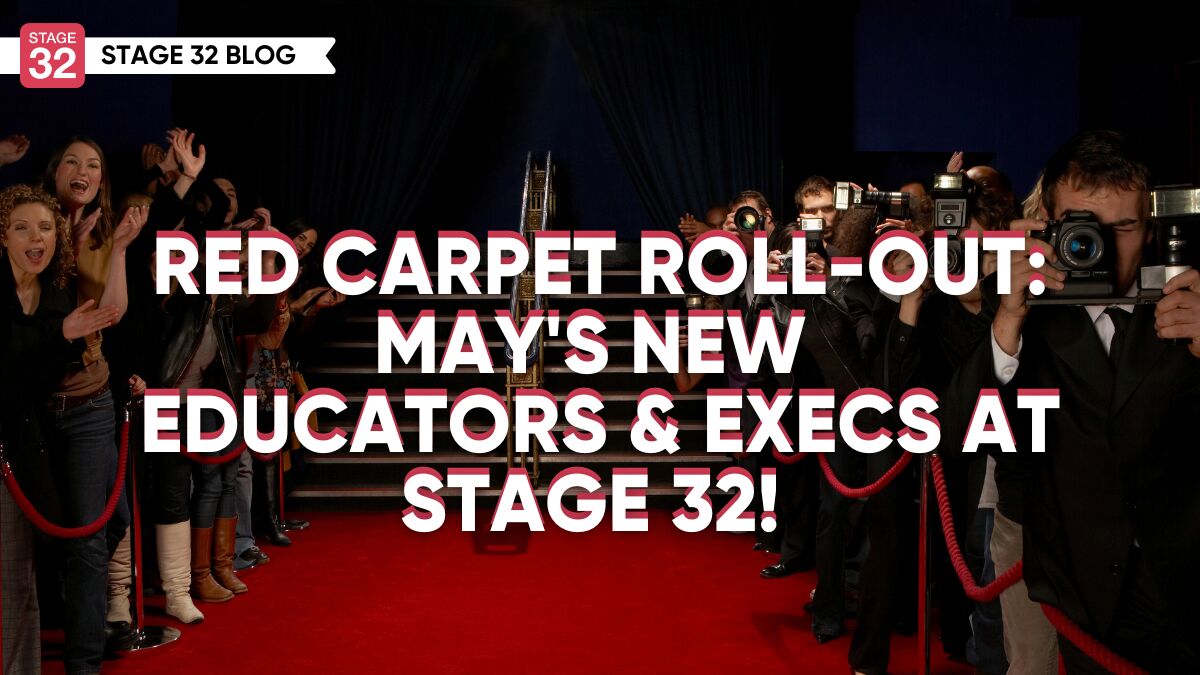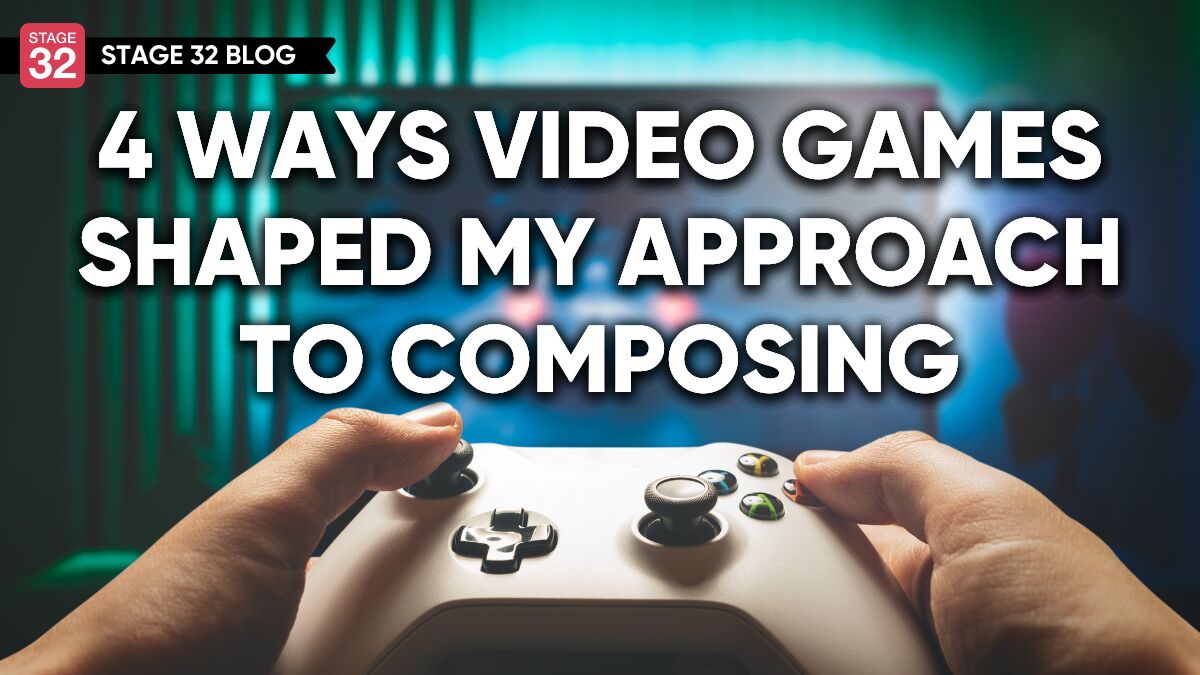4 Ways Video Games Shaped My Approach To Composing
When you think of great original soundtracks - the best of the best, you probably think of Final Fantasy, Zelda, Skyrim, and even Sonic. Video game music is a genre in itself. It went from 8-bit synthy beeps and bobs to orchestra epic arrangements. The genre has impacted and inspired so many, myself included. I will admit that growing up, I wasn’t into the greats like Final Fantasy or Zelda. I was more into obscure games such as Spyro, Twisted Metal, Crazy Taxi, and such.
It is games like those that really influenced me growing up and as a composer today.
I didn’t start composing until my late 20s, but music has always been part of my life. Growing up, I can say that there are three games that really stood out to me and taught me so much about music and life.
Let’s get to it.

Lesson 1: Keep It Simple
We often try to overcompensate or do way too much in so little time. We try to be a superhero, proving to some unknown force that we can do all things. That often leads to messy, frustrating, and convoluted outcomes.
One game, in particular, reminded me that I don’t have to do tons of fanfare or buy tons of the latest software that is pretty much going to sit untouched for months. I can keep it simple.
One of the stand-out cues in the horror game Resident Evil is the Safe Room theme. It’s simple really, a few repeated chords under a melody and at times some synths. I remember listening to it and being both entranced and anxious as ever. Because you know on the other side you’ll meet a zombified dog or some hybrid freakishly strong killer. Growing up, the various styles changed from the ethereal pads, entrancing piano, or whaling pitchy whistle in Resident Evil: 1 to the brooding strings or off-kilter banjo in Biohazard 7. However, it never lost its edge.

Lesson 2: Back To The Basics
Keep it simple by stripping to the bare minimum. Again, Resident Evil teaches us that less is more with RE:1 very simple but powerful piano cue. Let’s look...
A beautiful motif repeated for a somber flowing piece. Nothing extravagant or complicated. It is in ¾ never gearing away from the rhythm. That interval at the end of the phrase gives you that eerie anxiety-driven feeling which is paired up with the right hand’s childlike melody. The feeling of dread slowly creeps up on you, not quite sealing the deal, but still leaving you on edge.
That is how you take the audience on a journey by keeping it simple and going back to basics. There are no frills, string runs or brass stabs just a simple piano melody that carries so much weight.
How I benefited from these lessons:
I primarily make dark atmospheric music and every time I go back to the fundamentals that listening to Resident Evil taught me. When designing sound and scoring, especially horror, it isn’t about the jump scares or the in-your-face cues. Less is more. Make sure you leave the audience with room to breathe. Make them feel a sense of security at first and then bring in bits and pieces of emotional themes or design elements that trickle in and make them uneasy. Let them journey through all of the emotions behind being scared. Because it isn’t just monsters popping out, it’s the thought of the unknown. The mind plays tricks on you and that is what we, as composers, need to take advantage of.
I would like to think that the best horror cues are the ones that enhance the audience's experiences and slowly take them through a journey.

Lesson 3: Put Everything On The Table
If you are not familiar with Evergrace, I understand. It was a frustrating game that was first slated to be released on PS1 but ultimately came out on the PS2 console. Because of this, the graphics were a bit dated but the music is what really stood out, especially for a weird kid from Baltimore trying to find their place.
My music is very eclectic, much like myself. I love fusing various genres together and going outside of this box we have created for ourselves. I remember just starting out, making hip-hop beats in my dorm room, on the brink of a mental breakdown writing my broken thoughts on the page. It wasn’t the best, my songs weren’t professionally recorded and I used outdated soundfonts and libraries. However, I got it done. I put the pen to the pad and I spoke my truth. That is something Evergrace gave me - the courage to put out my weird trippy music.
Lesson 4: Passion Is Key, So Take A Chance
I encourage you to listen to Sunbeams track from Evergrace. I would love to hear your opinions.
No, it isn’t your typical soundtrack - it’s all over the place and blends a lot of sounds and genres. You might hate it you might be indifferent, but actually listen to it. What is it teaching you? Yes, it might be “crap” by today’s standards but man you can not deny the passion behind it.
The composer, Kota Hoshino, created a blend of emotions and experimented to create these amazing tracks. What Hoshino taught me is that it is okay to be different and weird and only one in the room wearing mismatched socks. You don’t have to always be so formulaic, in music and in life.

As artists, we often fall into a hole of self-doubt, comparing ourselves to the next one or thinking that we have to be this perfect person. We struggle with putting out music because we think it has to be this grand masterpiece but in reality, it really doesn’t. Of course, there are exceptions especially with paid work and portfolios, but in general, we should realize that it’s totally okay to take a risk and screw those theory rules we were taught. It’s okay to let it all out because if you seclude yourself and worry too much about making it right, it really will take a toll on your mental health. Obviously, we should care about what we put out, but every now and then it is perfectly okay to be imperfect.
It’s okay to do those parallel fifths and use those dusty synths and compose that jazz + folk crossover track you’ve been thinking of doing.
The world is full of people who need to hear your voice. Be happy with yourself. The structure isn’t everything. You can be you and be quirky and be a mess and STILL be loved and NOTICED and HEARD.
Every single time I listen to Evergrace soundtrack it brings me so much joy and really keeps me grounded. It’s more than just some weird sounds thrown together - it’s music. It’s joy. It’s freedom.
Currently, that is what I am focusing on. Being okay with being different. Showing my true colors and speaking my truth. I hope that you all will too.
Let's hear your thoughts in the comments below!
Got an idea for a post? Or have you collaborated with Stage 32 members to create a project? We'd love to hear about it. Email Emily at blog@stage32.com and let's get your post published!
Please help support your fellow Stage 32ers by sharing this on social. Check out the social media buttons at the top to share on Instagram @stage32 Twitter @stage32 Facebook @stage32 and LinkedIn @stage-32
| Coffee & Content: What You Didn't Know About Screenwriting |
| Red Carpet Roll-Out: May 2024's New Educators & Execs at Stage 32! |
Search Stage 32 Blog
There are now 3708 blog posts for you to enjoy. Search them all by tags below.
Acting, Advice, Cinematography, Coffee & Content, Composing, Contests, Distribution, Featured, Filmmaking, Financing, Inspirational, Networking, Producing, Screenwriting, Success Stories, Tips, Trending,Relevant Tags
Recommended Articles
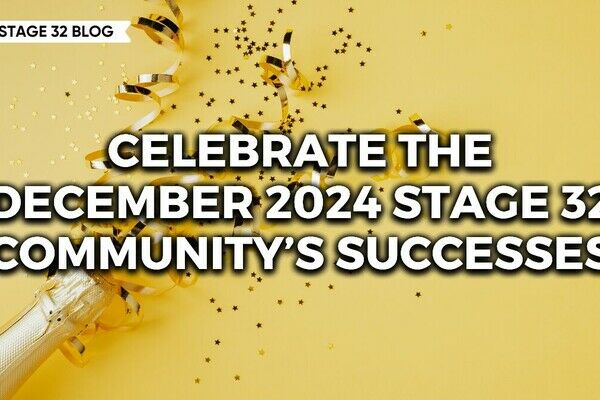
Celebrate the December 2024 Stage 32 Community’s Successes

Huge Announcement: Executive Script Read + Consultations Now Eligible for "Double Recommends" and Meeting Requests!

The Economics of Short Films
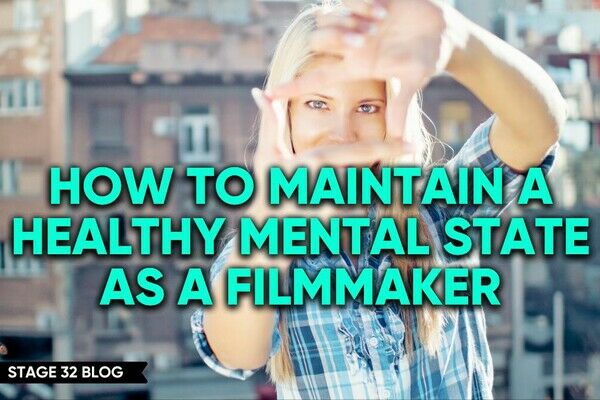
How To Maintain A Healthy Mental State As A Filmmaker

Stage 32 Certification Welcomes The Pittsburgh Film Office!
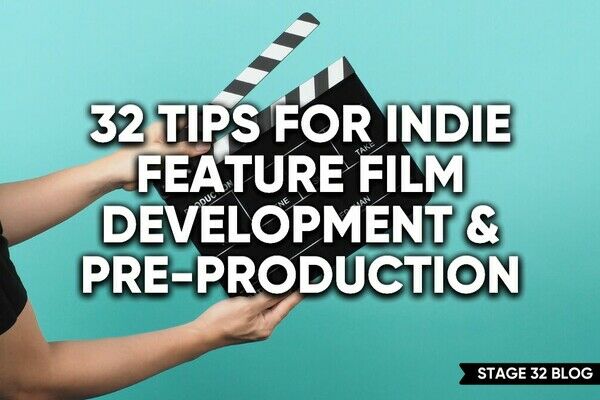
32 Tips For Indie Feature Film Development & Pre-Production

7 Lessons I Learned From Film Festival Rejections

Forgive and Flourish: A Guide to Holiday Healing

Paradise Falls: A Christmas Story - A Journey of Dreams, Collaboration, & Gratitude
